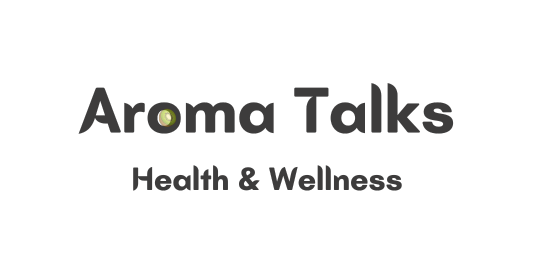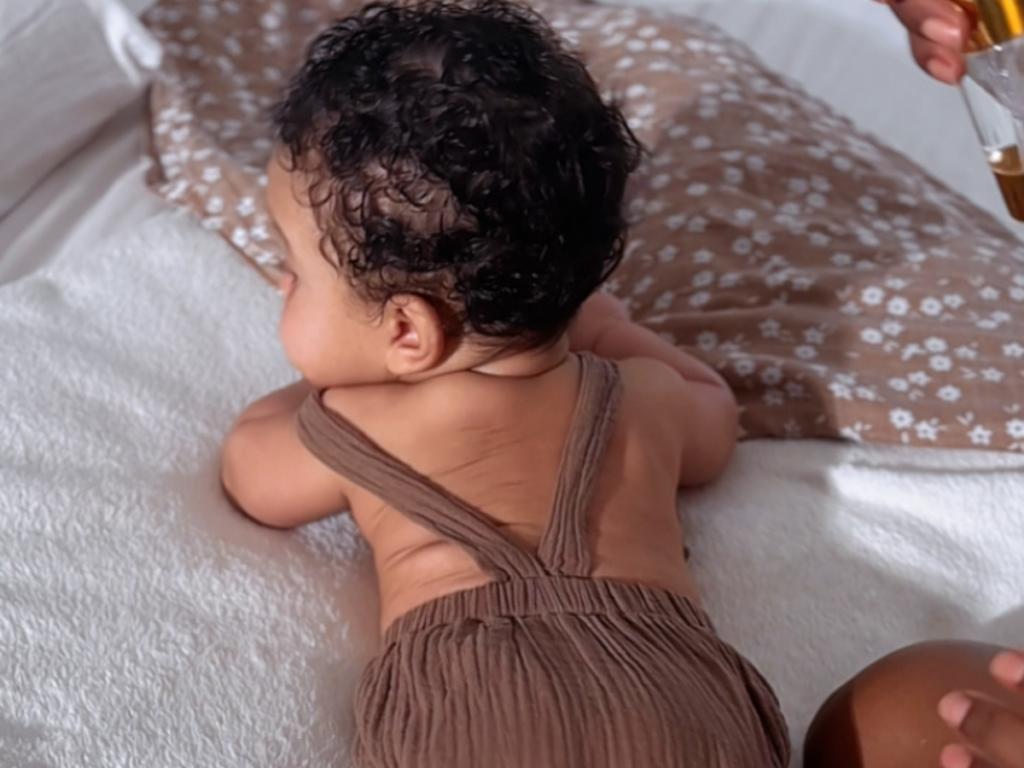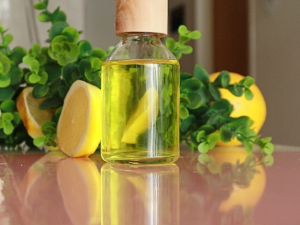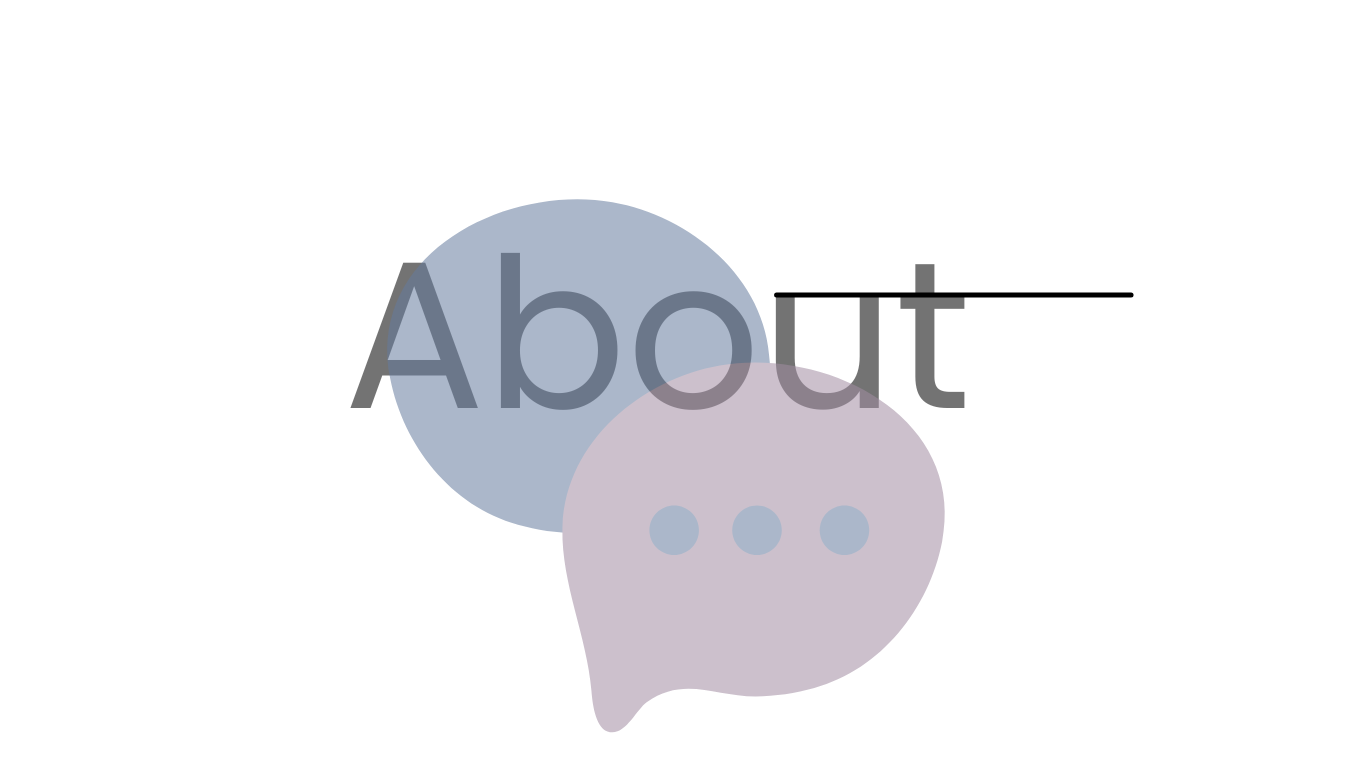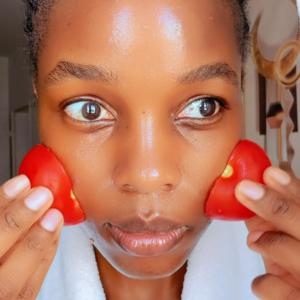A Time-Tested Remedy for Gentle Skincare
When it comes to caring for our little ones, tradition often holds the key to the most gentle, effective remedies. One such cherished practice is the oatmeal bath—a soothing, time-honored solution that generations of mothers and grandmothers have relied on to calm baby skin. In this post, i’ll walk through how to give your baby an oatmeal bath using a simple cloth pouch, discuss its benefits, and offer a balanced view of the pros and cons.
What Is an Oatmeal Bath?
An oatmeal bath involves soaking colloidal oatmeal—finely ground oats—in warm bathwater. But instead of adding the oats directly to the tub (which can get messy), I recommend placing them in a soft, breathable cloth such as muslin or cheesecloth. This acts like a natural sponge and releases the goodness of the oats into the water without the cleanup.
How to Prepare an Oatmeal Bath Using a Cloth
What You’ll Need:
- 1/3 to 1/2 cup of plain, old-fashioned oats (organic, if possible)
- A clean muslin cloth, cheesecloth, or baby washcloth
- A rubber band or natural twine
- A baby bathtub or clean sink
- Warm water (not hot—baby skin is delicate)

Step-by-Step Instructions:
- Grind the oats (optional): You may use whole oats or pulse them in a food processor until they resemble a fine flour. This helps release their soothing properties more effectively.
- Make the oatmeal pouch: Scoop the oats into the center of the cloth and tie it securely with a rubber band or twine, forming a small bundle.
- Fill the tub: Run warm water into the baby tub. As the water fills, submerge and squeeze the oat bundle, allowing the water to become milky. This “oat milk” is what works wonders on the skin.
- Bathtime: Gently place your baby in the bath. Let them soak for 10–15 minutes, softly dabbing the oat pouch on any irritated or dry areas. Be sure to supervise your baby at all times.
- Pat dry: After the bath, pat your baby dry with a soft towel. Avoid rubbing, as irritated skin needs gentle care.
Why Use an Oatmeal Bath?
Oatmeal contains natural compounds such as avenanthramides and beta-glucans, which help soothe irritation, reduce inflammation, and lock in moisture. It’s especially helpful for:
- Eczema
- Diaper rash
- Cradle cap
- Bug bites
- Dry or sensitive skin
It’s a wholesome, chemical-free alternative to many over-the-counter creams and treatments.
Pros and Cons of Using an Oatmeal Bath
Pros:
- 🌿 Natural and gentle – no synthetic chemicals or fragrances
- 🛁 Easy and affordable – uses simple kitchen ingredients
- 👶 Baby-safe – ideal for newborns and toddlers with sensitive skin
- ✨ Multi-purpose – helps soothe a range of skin irritations
Cons:
- 🌾 May not be suitable for babies with oat allergies (though rare)
- 🧼 Can make the tub slippery – always hold your baby securely
- 🧺 Requires cleanup – even with the cloth, you’ll want to rinse the tub afterward
- ⏳ Results are gradual – consistent use over time offers the best benefits
Final Thoughts:
In a world filled with chemical-laden baby products, the oatmeal bath stands out for its simplicity, gentleness, and time-tested effectiveness. It’s a way of going back to basics—leaning into the wisdom of generations before us who understood the healing power of nature. With just oats, cloth, and water, you can nurture your baby’s skin the old-fashioned way—with love and care.
So the next time your baby experiences a bout of dry or irritated skin, consider this humble remedy. It’s more than just a bath—it’s a soothing ritual passed down through the ages.
Frequently Asked Questions
You can give your baby an oatmeal bath 2 to 3 times a week, or as recommended by your pediatrician. For flare-ups like eczema or diaper rash, it’s safe to do daily for short periods. Yes! Plain, unsweetened old-fashioned oats or quick oats work well. Avoid flavored or instant oats, as they may contain additives and sugars not suitable for baby’s sensitive skin. Grinding is optional but helpful. Finely ground oats (called colloidal oatmeal) release more of their skin-soothing properties and are more effective in the bath. A food processor or blender works just fine. Use a soft, breathable fabric like muslin, cheesecloth, or even a clean baby washcloth. The cloth should allow the oat milk to seep through while holding the oats inside. If you use the cloth pouch properly and don’t pour loose oats into the water, your drain should be safe. Always rinse the tub afterward to clear any residue. Yes, it’s safe for newborns as long as there are no oat allergies. Always patch-test first and consult your pediatrician if your baby has very sensitive or reactive skin. For babies, it’s best to keep things simple. Avoid essential oils, soaps, or other additives. If needed, a few drops of breast milk can complement the oatmeal bath for extra soothing. While small sips of oat-infused water likely won’t cause harm, always supervise closely and gently redirect your baby’s attention. It’s best not to let them ingest bathwater. Keep the bath short and sweet—about 10 to 15 minutes. Too long in water can dry out the skin, even with oats present. Gently pat your baby dry (don’t rub), and if needed, apply a fragrance-free baby moisturizer to lock in the benefits. Dress your baby in soft, breathable cotton clothing afterward.
How often can I give my baby an oatmeal bath?
Can I use regular oats from the kitchen?
Do I need to grind the oats?
What type of cloth should I use for the oat pouch?
Will it clog my drain?
Is an oatmeal bath safe for newborns?
Can I add anything else to the bath?
What if my baby tries to drink the bathwater?
How long should the oatmeal bath last?
What should I do after the bath?
Also Read: What Happens When You Rub A tomato On The Face?
